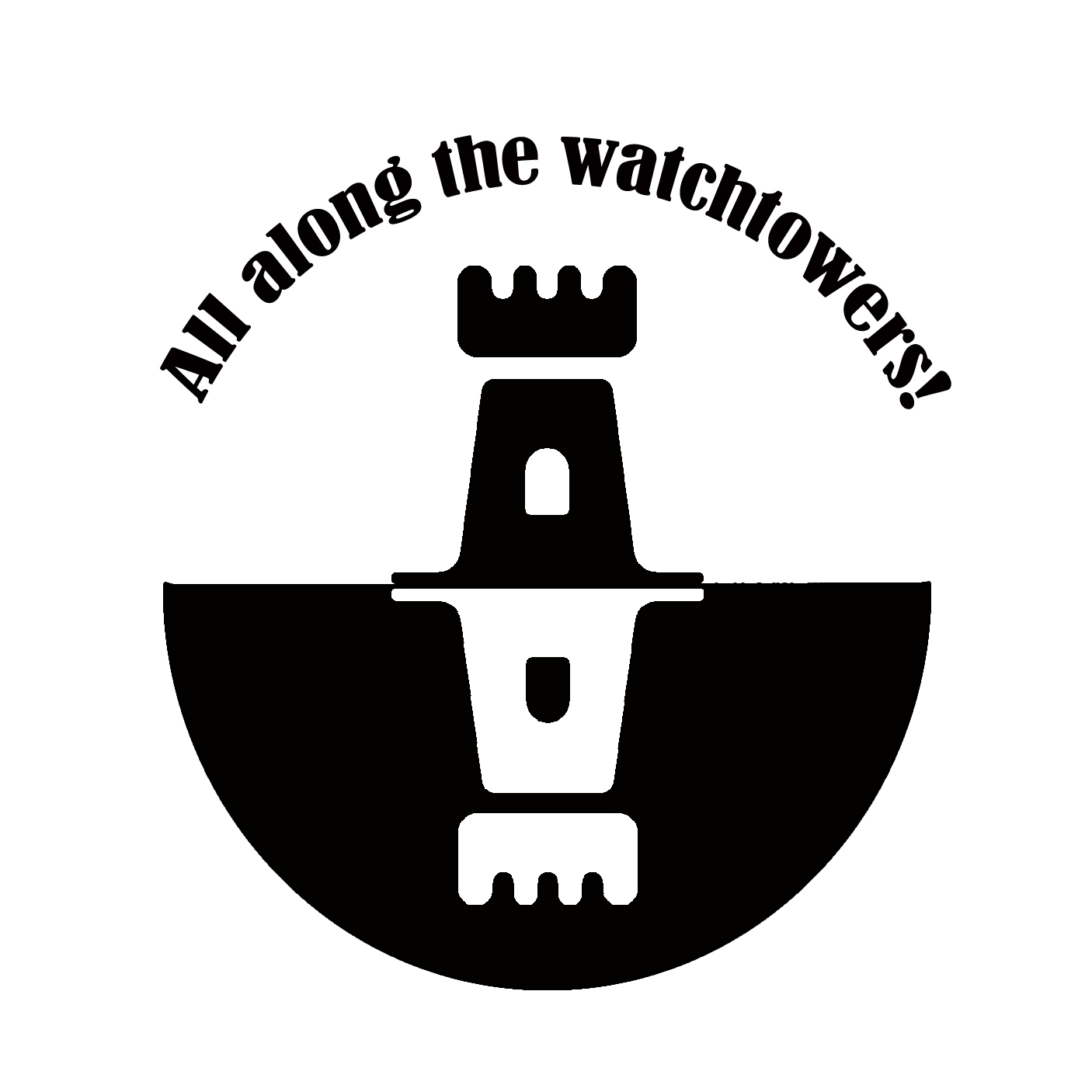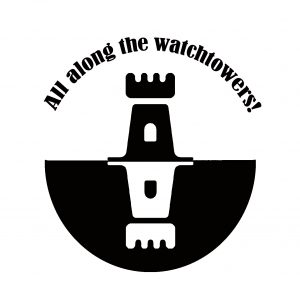Why castles?
Successive waves of conquest and colonisation throughout the Middle Ages have shaped society and the cultural geography of modern Europe. Castles and their remains are iconic remnants from this period, and as such form an important part of our cultural heritage. Across Europe, only recently is the scientific potential of the buried archaeological deposits within castles being more widely realised, having often been overlooked in favour of the protection and consolidation of standing remains,developments such as reconstruction and rebuilding projects. The buried archaeology at these sites provides unique opportunities to examine the tapestry of Europe’s past,evolution and state formation.
How protected are castles and their buried archaeology?
Current frameworks for protection and research agendas vary greatly across Europe in relation to the significance that is ascribed to the archaeology of castles and castle sites. This project aims to both consolidate recent geoarchaeological research (particularly soil micromorphology) from castle sites in Estonia, France, Poland, Italy, Spain and The Netherlands, and to conduct further micromorphological analyses on samples from excavations at Dunyvaig Castle, Islay, Scotland, Cesis Castle and Riga Castle, Latvia, and Molina de Aragón, Spain, representing a diverse range of cultural and environmental contexts. The project will use these results to develop and drive pan-European heritage research and management strategies of medieval castles and castle sites in relation to their buried archaeology, which holds the key to the earliest colonising activities, as well as key stages in their dynamic political histories. This project will highlight the requirement for robust scientific analysis of these deposits if they are uncovered by building activities that include the conservation and renovation of the standing architecture and movement of rubble,removal of which can unseal buried archaeology and affect its preservation.
The project partners
The project is funded by a British Academy/Leverhulme Small Research Grant and directed by Dr Rowena Banerjea, Department of Archaeology, University of Reading
Partners on the project include:
Irène Béguier, Park of Morbihan Gulf, Brittany, France
Dr Quentin Borderie, Département d’Eure-et-Loir, CNRS – UMR 7041 ArScAn”Archéologies Environnementales”, France
Dr Matthew Canti, Historic England, UK
Dr Jan van Doesburg, Cultural Heritage Agency of the Netherlands
Dr Guillermo García-Contreras Ruiz, Department of Medieval History and Historical Sciences and Techniques, Universidad de Granada, Spain
Ir D. J. (Hans) Huisman, Researcher soil science and degradation, Cultural Heritage Agency of the Netherlands/ Special professor Geoarchaeology and Archaeometry, Groningen University, Institute for Archaeology (GIA), the Netherlands
Gundars Kalnins, Head of the medieval castle department, Cesis museum, Latvia
Professor Steven Mithen, Department of Archaeology, University of Reading, UK/ Chair of the Board of Trustees, Islay Heritage Trust
Dr Cristiano Nicosia, Dipartimento dei Beni Culturali, Università di Padova, Italy
Dr Aleks Pluskowski, Department of Archaeology, University of Reading, UK
Roddy Regan, Kilmartin Museum, Scotland, UK


